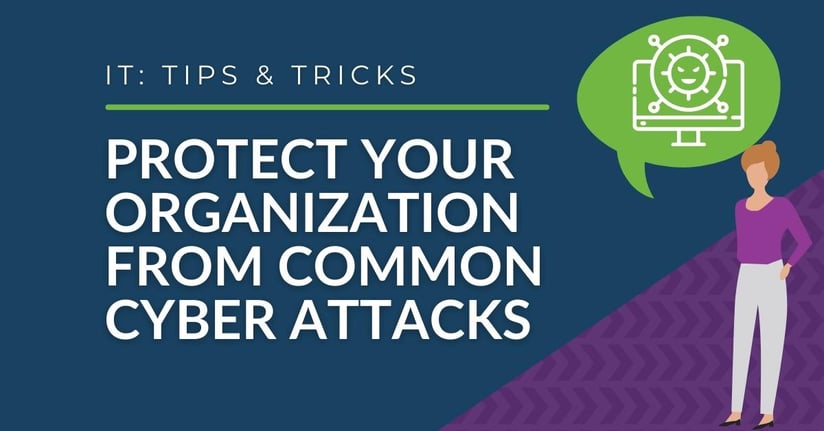Cybersecurity is a major concern for any modern organization. With the rise of cyber threats, it is crucial to have a deep understanding and apply key cybersecurity concepts to protect against them. This post aims to provide you with insights on common cybersecurity attacks, good cyber hygiene, and effective strategies to protect your organization.
8 Common Cyber Attacks
Understanding the common types of cyber attacks can help you better prepare and defend your organization. These include:
- Malware
- Ransomware
- Spoofing: A technique through which a cybercriminal disguises themselves as a known or trusted source
- Phishing: Emails that appear to be from trusted sources and attempt to elicit sensitive information
- Man-in-the-Middle: Stealing data by infiltrating communications between two parties
- Denial-of-Service (DoS): Flooding a network with fake requests to cause disruption in business operations
- Code Injection: An attacker injecting malicious code into a vulnerable computer or network to change its course of action
- Internet of Things (IoT): Assuming control of a device or network to steal data or create a botnet to launch DoS or DDoS attacks
Good Cyber Hygiene
Just like maintaining good personal hygiene is essential for your health, good cyber hygiene is crucial for the health of your organization. It includes practices like:
- Regular updates for software and hardware
- Strong password controls
- Using encryption
- Implementing mobile security
- Safe data storage and access
- Using a Virtual Private Network (VPN)
- Installing antivirus and anti-malware software
- Practicing safe web browsing
- Setting up a secure Domain Name Service (DNS)
Password Controls and Management
Good cyber hygiene requires strong password controls. The average user has to remember between 3 to 19 passwords to log into over 170+ sites. Hence, using weak and shared passwords can lead to security issues. If one site is hacked, your password can be exposed to other sites. It's advisable to use a password manager to create and use truly random complex passwords.
Checking if your passwords have been compromised is also crucial. Websites like Password Strength Checker and Have I Been Pwned can help you check if your passwords have been compromised.
Impact on Organization: Defense-in-Depth
Implementing a defense-in-depth strategy can help protect your organization from multiple layers of cyber threats. This strategy includes:
- Educating your employees to be part of the solution, not part of the problem
- Integrating best practices that can be repeated to build security within the business
- Implementing security solutions that can work with other components to optimize protection and productivity
Course of Action in Case of a Cyber Attack
It's crucial to have a plan of action in case a cyber attack occurs. This includes:
- Creating a robust business continuity plan (BCP)
- Defining recovery point objective (RPO) and recovery time objective (RTO)
- Implementing data backup and restore processes
- Regular testing of backed-up data for corruption and anomalies
- Testing the restore process
- Updating any configuration and data changes in the process
Internal and External Communication Plans
Having clear internal and external communication plans can help your organization respond effectively during a cyber attack. An internal communication plan should include regular training for employees on recognizing phishing emails and other common attack methods. An external communication plan should outline how to communicate with customers and the public during a cyber attack. Remember, it's important to have these plans prepared in advance.
As the CFO of Brew, Drew Adamek puts it, “I prefer simple over complicated and, rather than thinking about a particular event, think about the impact.” It's important to consider the potential impact of a cyber attack on your organization and prepare accordingly.
Explore how our managed service offerings can help streamline your cybersecurity journey. Our team of experts can assist with setup, configuration, and ongoing support to ensure an easy and seamless transition. Learn more about how our managed services can maximize your company's security.



